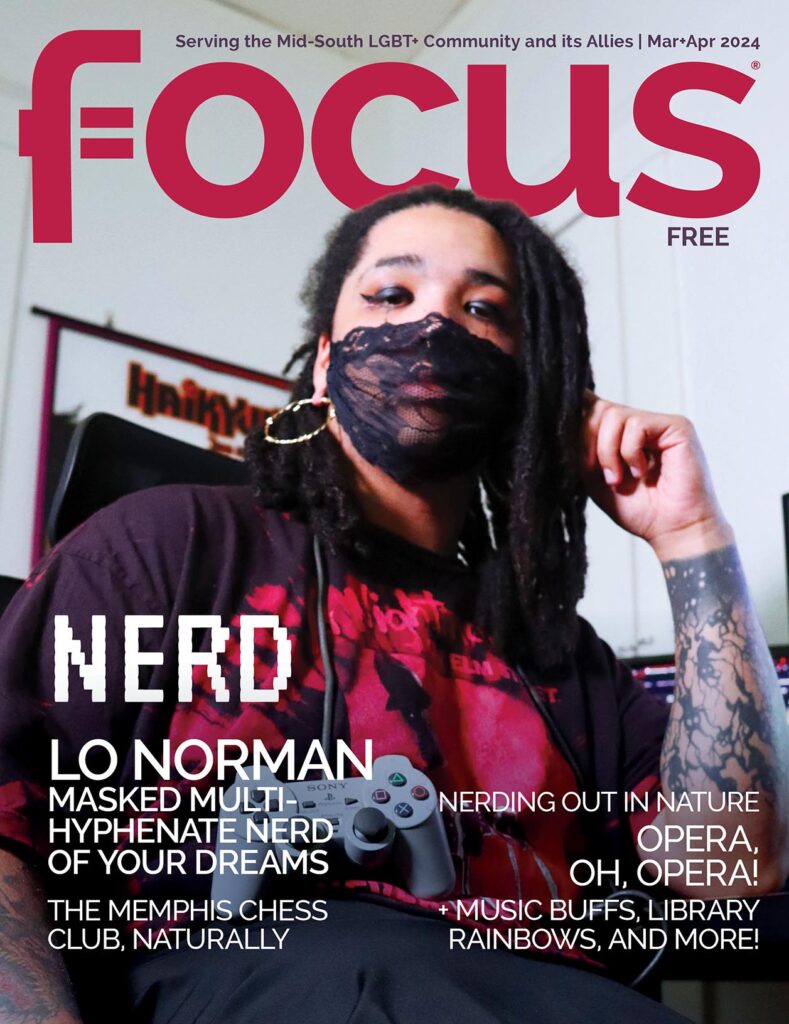by Selena Haynes | photo courtesy Tony Woodall
There comes a time in everyone’s life when they hit a turning point. For some, it’s a personal realization, for others, it’s a life-changing moment. For Tony Woodall, though, it was a life-long process where his biblical beliefs were first, deconstructed, and then reconstructed through eye-opening discernment.
You may recall the first part of Tony’s story in our 2019 Sept+Oct issue where he discussed deconstructing his religious views. Now we pick up to discuss the reconstruction of his understanding of the Bible, God and humanity as a whole.
Tony grew up in the South with a very conservative, far-right view of life in a very fear-based type of religious setting. He carried these views and led others who believed the same for 20 years. The first 10 years of his ministry were in the Church of Christ and the next 10 years shifted to non-denominational churches.
Throughout his 20 years of pastoring, Tony’s convictions were challenged; challenged because he always had a bigger heart than what his learned, taught and handed-down beliefs were. Even as a child, he says he always had a hard time believing that God would ever reject a child. He said it would break his heart when he would hear the preacher talk about God sending anyone to hell.

As Tony began discovering what he didn’t believe, he began exploring what he did believe. At almost 60 years of age now, Tony reflects that his deconstruction slowly occurred over time but acknowledges that it seems crazy for someone to wait that long to discover truths that were right there under your nose all along.
“My reconstruction started from seeing in scripture things that I’d never seen before,” said Woodall. “I started reading from God’s point of view instead of mine.” He found when he stopped looking at the world the way he had known all of his life, he was able to appreciate how some people feel unloved by religion.
After having these revelations, Tony was excited to share his newfound understanding with his peers, but they didn’t share the same views. Instead of turning away from them just because they didn’t believe the same as him, Tony embraced the differences. “If you only include the people that include you, you don’t have much of an inclusion,” he said.
Most Christian religions follow the teaching that God created man in his own image. Woodall says over time we have turned that around to fit our needs and what we want God to look like. He says, “We have flipped the switch and created God in our image. Each of us imagines God as we are trained to see Him. If you are a straight, white male, then you think God is like you – a straight, white male. We have created an image of God that He believes what we believe. We say that we actually believe what He believes because we have the Bible to tell us.” By doing this, religions are taking big stances on things that the Bible doesn’t actually take stances on.
One of those big stances is homosexuality. Tony notes the six passages that many religions use to denounce homosexuality. While discussing these, he brings up the fact that many of these passages are also taken out of context as the language at the time conveyed different meanings. According to Dr. Brent Pickett with the University of Wyoming, “The term ‘homosexuality’ was coined in the late 19th century by a German psychologist, Karoly Maria Benkert.” Therefore, based on when the Bible was written the term, homosexuality, wasn’t even used. The term that was used, arsenokoitai, didn’t have the same meaning.
Robin Scroggs, Professor of Biblical Theology at the Union Theological Seminary in New York says, “In I Cor. 6:9 and I Tim. 1:10 the words usually thought to point to homosexuals are extremely ambiguous. One word, malakos, literally means ‘soft’ and is no technical term for a homosexual. The second, arsenokoitai, obviously has sexual connotations. Since, however, the New Testament occurrences are the earliest appearances of the word, it is not easy to be sure what it means. John Boswell in his recent study denies that it refers to a homosexual person in general but rather specifically to the male prostitute, who could serve heterosexual or homosexual clients. At any rate, the sin is prostitution, not homosexuality in itself. If this is so, neither passage condemns homosexuality in general.”
Of course, as with all things Bible, there are various interpretations, some more fact-based than others.

As for Woodall, he plans to continue keeping his eyes open and helping others realize their truth. He states, “Once you come to the conclusion that we are all cut from the same cloth you see things differently.”
Through his journey of deconstruction and reconstruction, Tony has found his true calling – loving people. “That means I do show up at Boro Pride. That means it hits my social media. I go to Boro Pride because I want to be able to put my arms around people who have been shunned as if they’re lepers their entire life and they need to be hugged and loved by a straight, white man, he explains. Woodall says, “I am going to spend the rest of my life telling those people not loved by religion, to realize, they are loved by God.”
FOR MORE INFO
plato.stanford.edu/entries/homosexuality
www.pbs.org/wgbh/pages/frontline/shows/assault/bible/doesnotoppose.html


